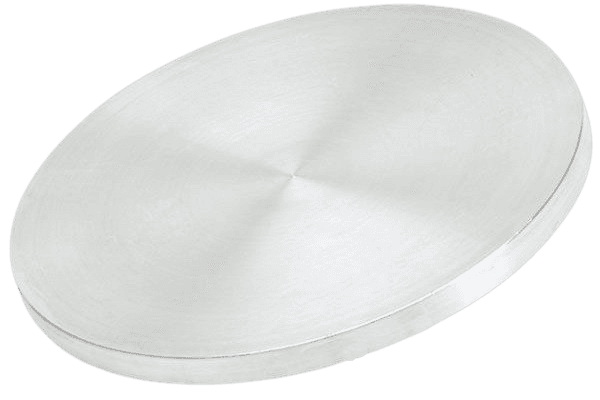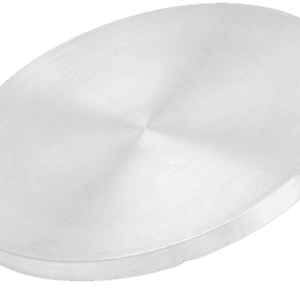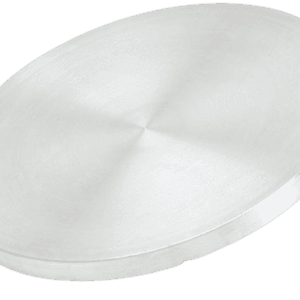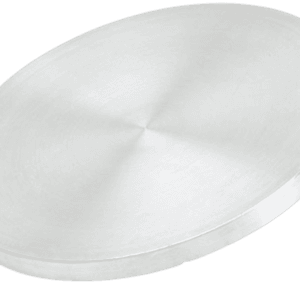Manganese Gadolinium Sputtering Target Description
Manganese Gadolinium Sputtering Target is characterized by its superior purity and specialized magnetic properties, ensuring reliable performance in thin film deposition. The combination of manganese and gadolinium delivers excellent magnetic behavior, chemical stability, and thermal resistance—making this target ideal for applications in advanced electronics and spintronic devices. Its consistent performance under high-vacuum and high-temperature conditions highlights its role in critical thin film applications requiring magnetic responsiveness and structural integrity.
Related Product: Manganese Sputtering Target, Gadolinium Sputtering Target
Manganese Gadolinium Sputtering Target Specifications
| Chemical Formula | Mn-Gd |
|---|---|
| Catalog No. | ST0978 |
| CAS Number | – |
| Purity | 99.9%, 99.95%, 99.99%, 99.995%, 99.999% |
| Shape | Discs, Plates, Column Targets, Step Targets, Custom-made |
| Appearance | Silver Grey Metallic Target |
| Available Sizes | Dia.: 1.0″, 2.0″, 3.0″, 4.0″, 5.0″, 6.0″ Thick: 0.125″, 0.250″ |
Manganese Gadolinium Sputtering Target Handling Notes
Due to the brittleness and relatively low thermal conductivity of Manganese Gadolinium alloy, indium bonding is highly recommended for optimal heat transfer and mechanical stability during sputtering. This method reduces thermal stress, enhances deposition uniformity, and improves the longevity of the target in demanding PVD processes. Proper storage and handling are essential to preserve the surface quality and performance.
Manganese Gadolinium Sputtering Target Application
Manganese Gadolinium Sputtering Target plays a critical role in the fabrication of magnetic thin films used in spintronics, magnetic sensors, and memory storage devices. Its strong magnetic interaction and thermal stability make it ideal for:
Magnetic storage and data recording components
Magneto-optical films
Spintronic and quantum computing applications
MEMS and magnetic sensor elements
Research in rare earth-manganese alloy thin films
The unique synergy of manganese and gadolinium also supports development in optical coatings and advanced semiconductor devices, where consistent magnetic behavior and structural reliability are required.
Manganese Gadolinium Sputtering Target Packaging
TFM ensures all Manganese Gadolinium Sputtering Target products are carefully packaged in vacuum-sealed, anti-static bags and cushioned with foam or shock-absorbent materials. Each unit is placed inside protective containers suitable for domestic and international shipment, guaranteeing quality and safety from our facility to your sputtering system.
Get Contact
TFM offers Manganese Gadolinium Sputtering Target in a wide range of purities, sizes, and configurations, with custom fabrication available to suit your deposition system. Our advanced processing ensures high-density targets with uniform grain structure, optimized for use in semiconductor, magnetic, research, and optical industries.
Feel free to contact us for quotes, lead times, or technical consultation.


 MSDS File
MSDS File



Reviews
There are no reviews yet.